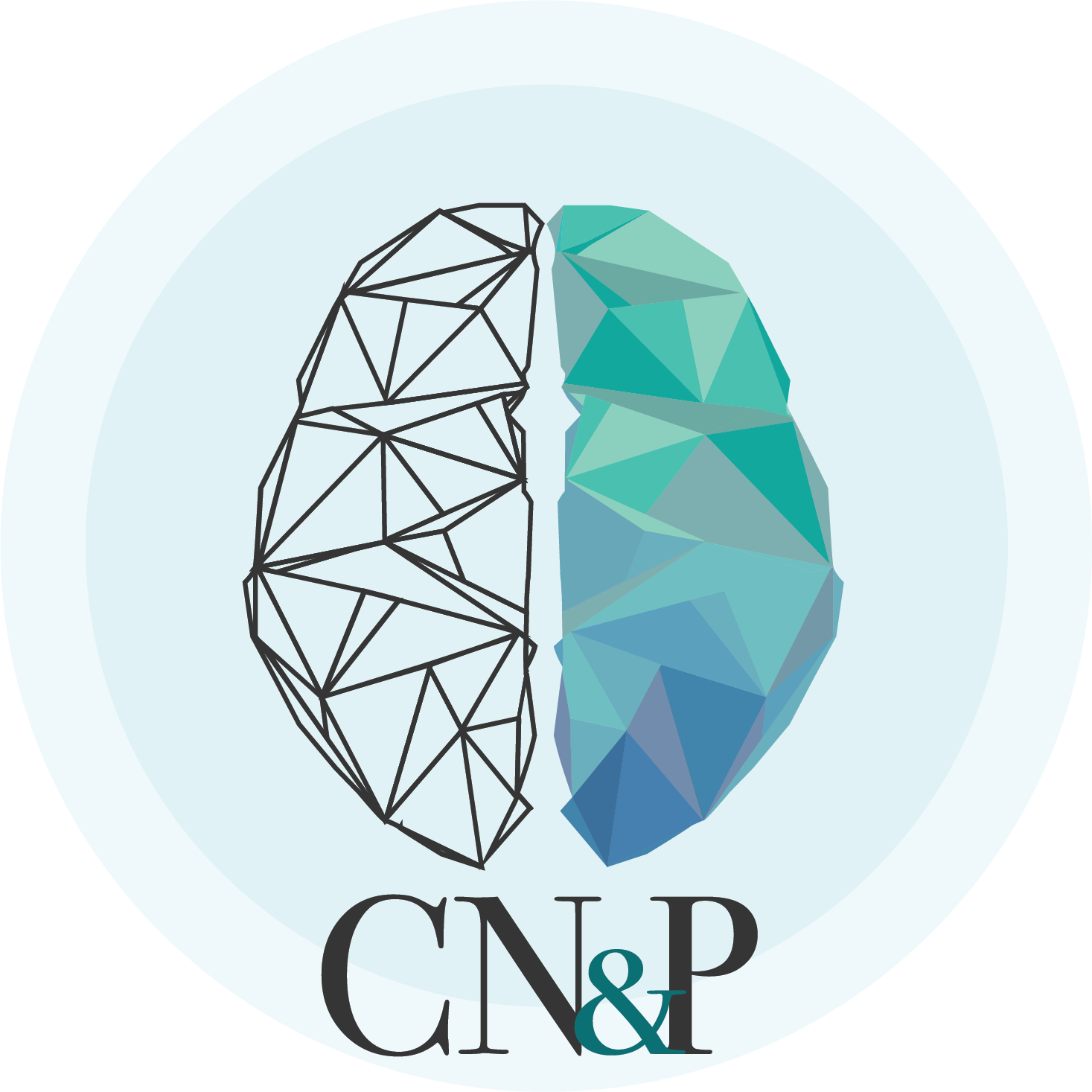Philip N. Tubiolo
Neuroimaging Reseacher

pntubiolo10@gmail.com
philip.tubiolo@stonybrookmedicine.edu
Hello! My name is Phil, and I am a PhD student in Biomedical Engineering and Medical Physics at Stony Brook University. My research is currently focused on the use of multimodal neuroimaging to investigate functional and behavioral abnormalities in people with schizophrenia. Particularly, I have primarily focused on the implementation of high-resolution functional magnetic resonance imaging (fMRI) techniques to the investigation of neural correlates of working memory impairment. As fMRI is an inherently noisy imaging technique, I am also interested in the development of denoising techniques to improve the reproducibility of findings across the neuroimaging field.
Upon graduation, I plan to attend a CAMPEP Accredited Medical Physics residency program. I aspire to become a physicist and researcher that focuses on the translation of novel biomedical imaging methods into the clinical setting.
In my free time, I am an avid saltwater fisherman, hiker, photographer, and musician. I also find joy in mentorship and currently run a high school STEM tutoring and pre-college advising program.
News
| Apr 01, 2025 | Website created! |
|---|
Selected Publications
- SchizophreniaTranslational Evidence for Dopaminergic Rewiring of the Basal Ganglia in Persons with SchizophreniamedRxiv, Apr 2025Abs Importance: In prior work, a transgenic mouse model of the striatal dopamine dysfunction observed in persons with schizophrenia (PSZ) exhibited dopamine-related neuroplasticity in the basal ganglia. This phenotype has never been demonstrated in human PSZ. Objective: To identify a specific dopamine-related alteration of basal ganglia connectivity via task-based and resting-state functional magnetic resonance imaging (fMRI), neuromelanin-sensitive MRI (NM-MRI), and positron emission tomography (PET), in unmedicated PSZ. Design: This case-control study of unmedicated PSZ and healthy controls (HC) occurred between November 2014 and June 2018, with analyses performed between April 2023 and February 2025. Setting: fMRI and NM-MRI were collected at New York State Psychiatric Institute. [11C]-(+)-PHNO PET was collected at Yale University. Participants: Participants were aged 18-55, and demographically matched. PSZ were antipsychotic drug-naïve or drug-free for at least three weeks prior to recruitment. Main Outcomes and Measures: 1) task-state and resting-state functional connectivity (FC) between dorsal caudate (DCa) and globus pallidus externus (GPe), 2) NM-MRI contrast ratio in substantia nigra voxels associated with psychotic symptom severity, and 3) baseline and amphetamine-induced change in [11C]-(+)-PHNO binding potential in DCa. Results: 37 PSZ (mean±SD age, 32.7±12.7 years, 29.7% female) and 30 HC (32.5±9.7 years, 26.7% female) underwent resting-state fMRI; 29 PSZ (33.4±12.7 years, 31% female) and 29 HC (32.4±9.7 years, 31% female) underwent working memory task-based fMRI. 22 PSZ (35.1±13.9 years, 36.4% female) and 20 HC (29.4±8.5 years, 35% female) underwent NM-MRI. 7 PSZ (23.1±6.3 years, 57.1% female) and 4 HC (31.5±11.9 years, 25% female) underwent [11C]-(+)-PHNO PET with amphetamine challenge. PSZ displayed elevated task-state FC (0.11±0.10 versus 0.05±0.09 in HC; P=0.0252), which was associated with increased NM-MRI contrast ratio (β* [SE] = 0.40 [0.17]; P=0.023), decreased baseline D2 receptor availability (β* [SE] = - 0.45 [0.17]; P=0.039), greater amphetamine-induced dopamine release (β* [SE] = -0.82 [0.27]; P=0.021), and worse task performance (β* [SE] = -0.31 [0.13]; P=0.020). Conclusions and Relevance: This study provides in-vivo evidence of a dopamine-associated neural abnormality of DCa and GPe connectivity in unmedicated PSZ. This phenotype suggests a potential neurodevelopmental mechanism of working memory deficits in schizophrenia, representing a critical step towards developing treatments for cognitive deficits.DOI
- fMRI MethodsCharacterization and Mitigation of a Simultaneous Multi-Slice fMRI Artifact: Multiband Artifact Regression in Simultaneous SlicesHuman Brain Mapping, Nov 2024Abs Simultaneous multi-slice (multiband) acceleration in fMRI has become widespread, but may be affected by novel forms of signal artifact. Here, we demonstrate a previously unreported artifact manifesting as a shared signal between simultaneously acquired slices in all resting-state and task-based multiband fMRI datasets we investigated, including publicly available consortium data from the Human Connectome Project (HCP) and Adolescent Brain Cognitive Development (ABCD) Study. We propose Multiband Artifact Regression in Simultaneous Slices (MARSS), a regression-based detection and correction technique that successfully mitigates this shared signal in unprocessed data. We demonstrate that the signal isolated by MARSS correction is likely nonneural, appearing stronger in neurovasculature than gray matter. Additionally, we evaluate MARSS both against and in tandem with sICA+FIX denoising, which is implemented in HCP resting-state data, to show that MARSS mitigates residual artifact signal that is not modeled by sICA+FIX. MARSS correction leads to study-wide increases in signal-to-noise ratio, decreases in cortical coefficient of variation, and mitigation of systematic artefactual spatial patterns in participant-level task betas. Finally, MARSS correction has substantive effects on second-level t-statistics in analyses of task-evoked activation. We recommend that investigators apply MARSS to multiband fMRI datasets with moderate or higher acceleration factors, in combination with established denoising methods.DOI
